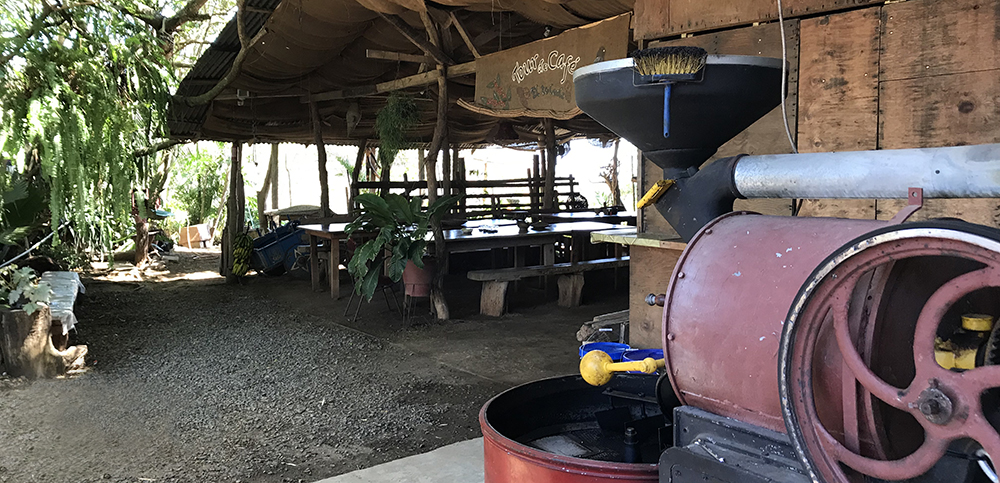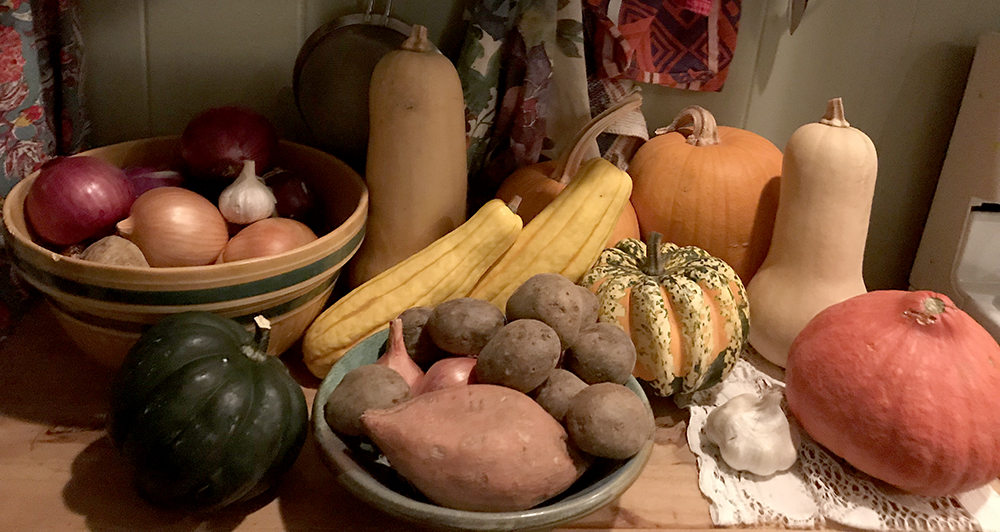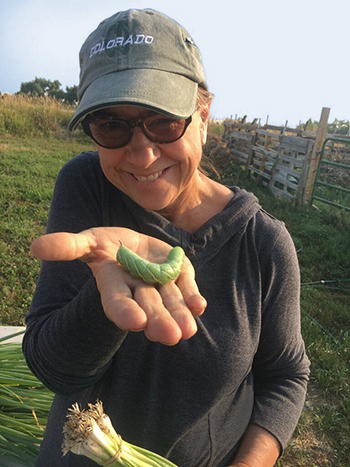WileyDesign is Celebrating 15 Years in Business.
Header animation by TessaWiley.com
Video production by MotionAtlas.com
Together we can do amazing things!
October 2020: Celebrating a lifelong career in Graphic Design and a benchmark of 15 YEARS as an independent business owner. WileyDesign provides the tools, the experience, the talent, to give your business a strategic advantage.
Identity Design
|
Logo Design
|
Branding
|
All in the family.
Announcing new collaborative talent as we move into the next decade!
 Meet Evan Wiley. Premier video producer and editor.
Meet Evan Wiley. Premier video producer and editor.
MotionAtlas.com
 Meet Tessa Wiley. Designer, illustrator, and traditional artist.
Meet Tessa Wiley. Designer, illustrator, and traditional artist.
TessaWiley.com
Thank you.
With huge gratitude to Dick Bruso, Heard Above the Noise, a Branding Extraordinaire, who helps companies discover "who they are" — a critical step to take prior to creating a visual identity.
And to Kathy Sullivan, Six Degrees Studio, a creative partner; someone I can kick around ideas with, someone that makes a project not just work well, but shine! Websites, content writing, blogging, newsletters...
 The WileyDesign logo: In 2005 a visual of a solo bird in flight made sense. Going it alone... leaving the corporate world... vulnerable, yet in charge. The logo design evolved over time, just as the business has.
The WileyDesign logo: In 2005 a visual of a solo bird in flight made sense. Going it alone... leaving the corporate world... vulnerable, yet in charge. The logo design evolved over time, just as the business has.
The business: Graphic Design turned into Identity Design, Identity Design turned into Communications and Marketing Consultation. In 15 years WileyDesign has created well over 100 logo designs, won numerous awards, and oversees marketing for a Colorado Savings & Loan banking institution with 10 branches.
The clients: The best way to look at any business is from the standpoint of the clients. I have worked with people who have incredibly interesting stories and accomplishments. Some of these stories I have shared in my blog. I have learned a lot. Some of my clients have been with me nearly all of my 15 years in business. I am grateful for their loyalty.
WileyDesign survived the 2008 recession, and so far, the 2020 pandemic. Onward!

 Sheep grazing among the fruit trees, contained by portable electric fencing[/caption]
Sheep grazing among the fruit trees, contained by portable electric fencing[/caption]
 The Roaster[/caption]
The Roaster[/caption]

 If you find and remove a Tomato Hornworm you are a hero. They are hard to see and very destructive to the plants.[/caption]
I love it. I love watching the plants grow... and then eating my share of what I pick. I know local and organic is best, but when you actually work on a small farm, and bring home the vegetables, it makes an indelible mark on the psyche. I'm not saying farming is easy. Hardly. But if it became a shared lifestyle, couldn't it be rewarding, healthy and practical? Can't we all learn how to work the local farm as we engage in a memory from our
If you find and remove a Tomato Hornworm you are a hero. They are hard to see and very destructive to the plants.[/caption]
I love it. I love watching the plants grow... and then eating my share of what I pick. I know local and organic is best, but when you actually work on a small farm, and bring home the vegetables, it makes an indelible mark on the psyche. I'm not saying farming is easy. Hardly. But if it became a shared lifestyle, couldn't it be rewarding, healthy and practical? Can't we all learn how to work the local farm as we engage in a memory from our 